WHAT IS CFR POTENTIAL MAPPING ?
- CFR Potential Mapping identifies forest areas that communities can manage under India's Forest Rights Act (FRA) of 2006.
- It empowers local Gram Sabhas to sustainably manage forests, promoting community-led governance.
- The process fills critical data gaps, enabling focused implementation and accountability.
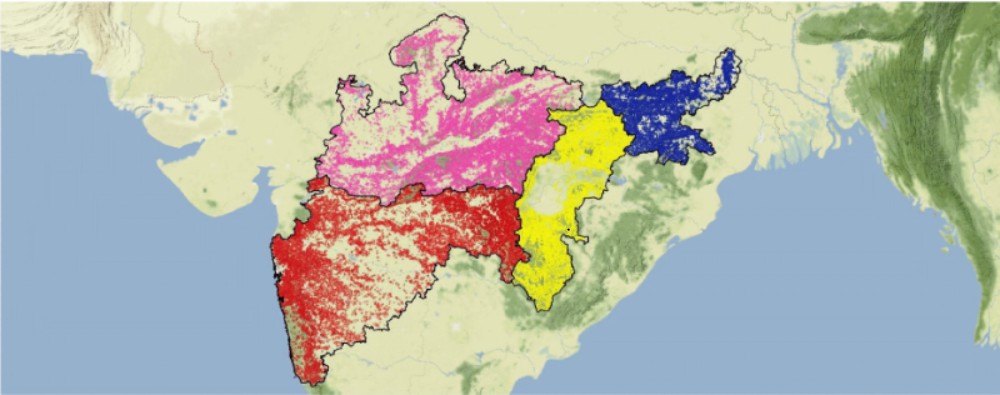
HOW IS CFR POTENTIAL ESTIMATED ?
Two key data sources are used:
- Village-based Forest Data
- Villages with over 10 hectares of forest land (as per Census data) are flagged for potential CFR rights.
- This establishes a baseline for areas eligible for claims.
- Reserved Forest Adjacency
- A 2 km buffer into Reserved Forests (RF) is added for villages near RFs, reflecting traditional forest use.
- This method captures additional eligible areas not recorded in revenue boundaries.
By combining these datasets, a comprehensive map of CFR-eligible villages is created, ready for validation.
HOW DOES GIS SUPPORT CFR MAPPING ?
GIS (Geographic Information System) technology refines and visualizes estimates through :
- Digitizing Village Boundaries : Shapefiles of boundaries are corrected and linked to Census data.
- Integrating Land-Use Data : Forest areas from census tables are tied to corresponding village polygons.
- Buffer Mapping : A 2 km inward buffer is drawn into RFs to estimate forest areas likely under community use.
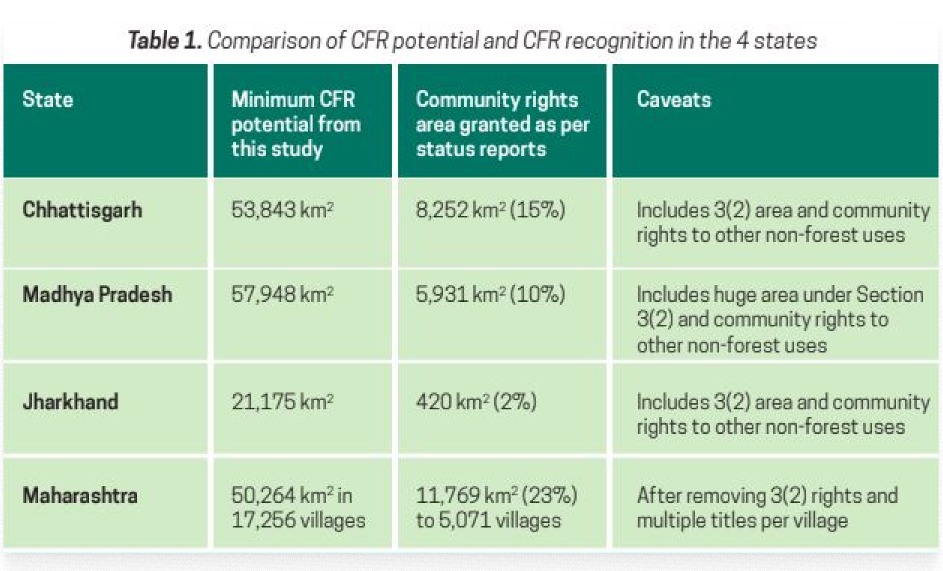
WHY IS CFR POTENTIAL MAPPING IMPORTANT?
- Applied across states like Madhya Pradesh, Chhattisgarh, Jharkhand, and Maharashtra, it revealed vast CFR potential.
- It supports sustainable livelihoods for millions of forest-dwellers by unlocking community forest governance.
- It supports sustainable livelihoods for millions of forest-dwellers by unlocking community forest governance.
CFR Mapping is a step toward equitable forest management and a stronger community-led conservation future.
PUBLICATIONS
-
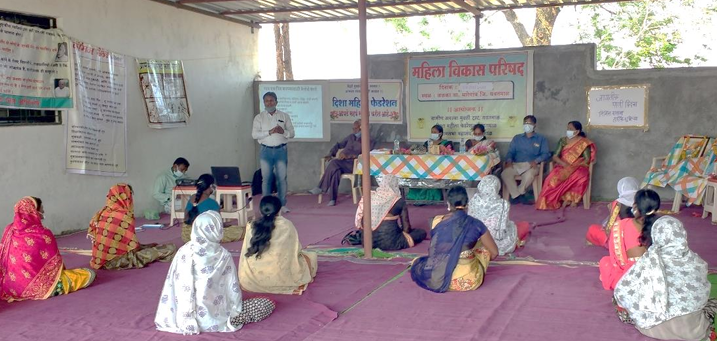 Policy Brief: Post-CFR Recognition Policy Support How can the recognition of CFR rights translate into positive and equitable livelihood and conservation outcomes? Much will clearly depend upon the collective decision-making processes adopted at the local level and the policy support provided post-recognition.Read more
Policy Brief: Post-CFR Recognition Policy Support How can the recognition of CFR rights translate into positive and equitable livelihood and conservation outcomes? Much will clearly depend upon the collective decision-making processes adopted at the local level and the policy support provided post-recognition.Read more -
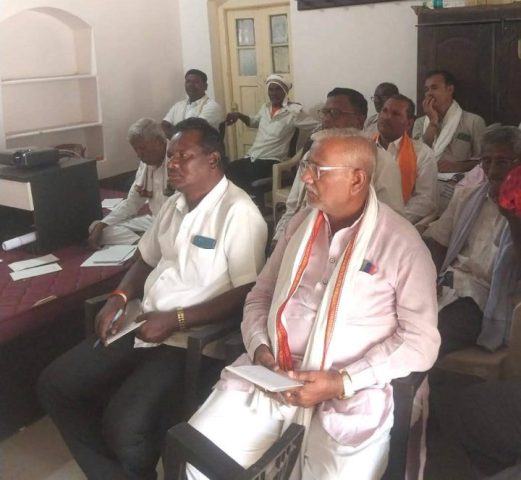 Community Forest Resource (CFR) Rights Training Workshop for CFRMC members in Umarkhed, Yavatmal (MH) Date: 22nd February, 2025Read more
Community Forest Resource (CFR) Rights Training Workshop for CFRMC members in Umarkhed, Yavatmal (MH) Date: 22nd February, 2025Read more -
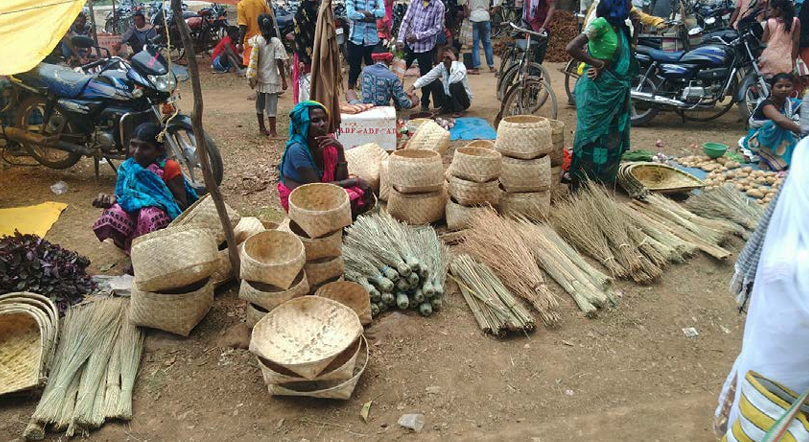 Policy Brief: Convergence of CFRR with NTFP-based livelihoods Under project on Training, Capacity Building and Support for Decision-Making for CFRR Recognition & Management in Bastar DistrictRead more
Policy Brief: Convergence of CFRR with NTFP-based livelihoods Under project on Training, Capacity Building and Support for Decision-Making for CFRR Recognition & Management in Bastar DistrictRead more -
 Community Forest Resource (CFR) Rights Training Workshop, Kalpavriksh, Bhomale (MH) Date: 31st August, 2024Read more
Community Forest Resource (CFR) Rights Training Workshop, Kalpavriksh, Bhomale (MH) Date: 31st August, 2024Read more -
 Training for Elected Representatives Date: 15th December, 2023Read more
Training for Elected Representatives Date: 15th December, 2023Read more -
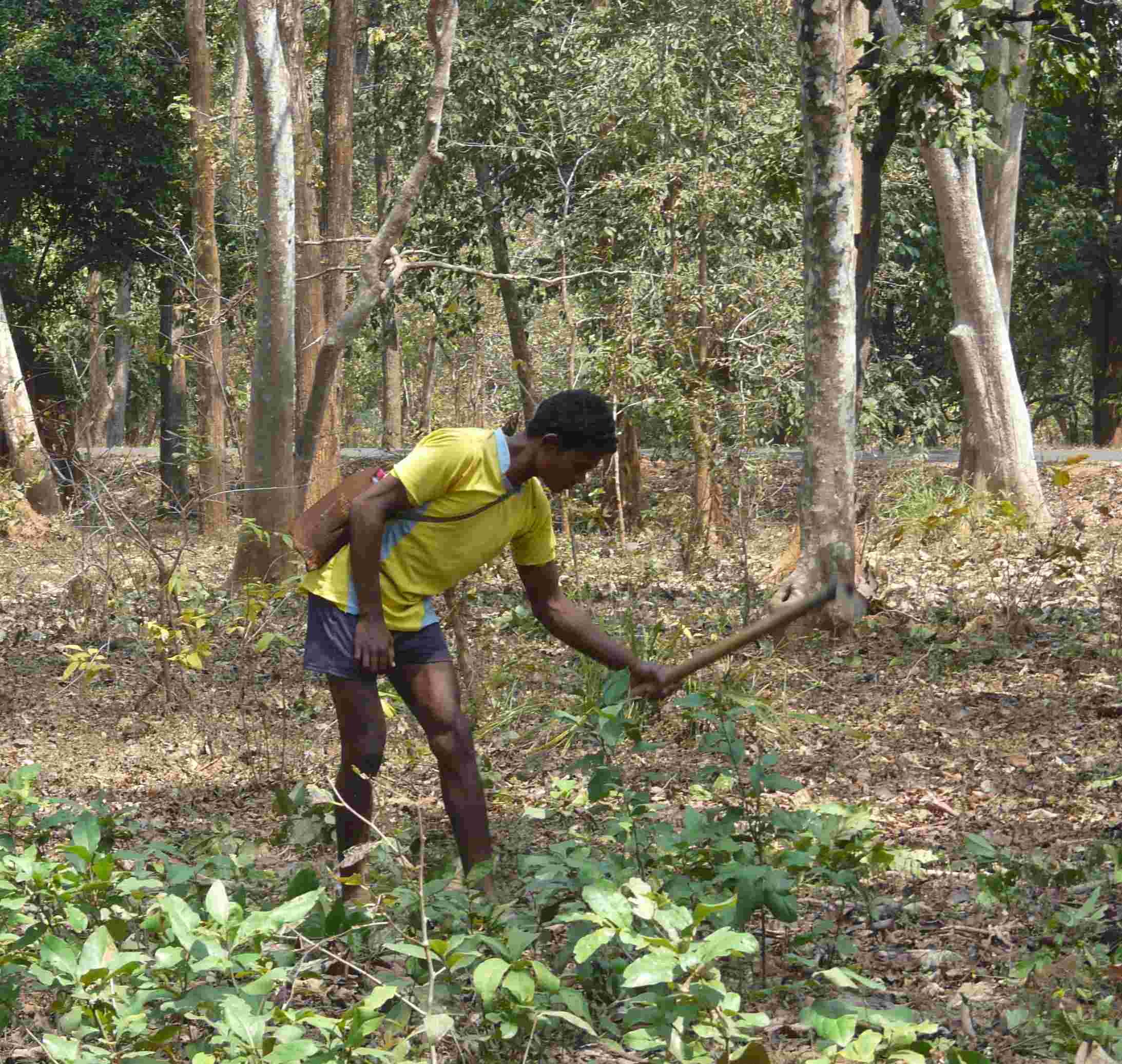 Silvicultural Practices in the Management of Diospyros melanoxylon (Tendu) Leaf Production: Options and Trade-offs The study focuses on comparing management practices for tendu leaf production in Gadchiroli District, MaharashtraRead more
Silvicultural Practices in the Management of Diospyros melanoxylon (Tendu) Leaf Production: Options and Trade-offs The study focuses on comparing management practices for tendu leaf production in Gadchiroli District, MaharashtraRead more -
 Forest governance: From co-option and conflict to multilayered governance? The article discusses a multi-layered forest governance framework in the post-FRA contextRead more
Forest governance: From co-option and conflict to multilayered governance? The article discusses a multi-layered forest governance framework in the post-FRA contextRead more -
 Co-operative procurement and marketing of Tendu leaves in Madhya Pradesh: Image and reality Assessment of the working of the MP MFP Federation-led Tendu leaf procurementRead more
Co-operative procurement and marketing of Tendu leaves in Madhya Pradesh: Image and reality Assessment of the working of the MP MFP Federation-led Tendu leaf procurementRead more